He said that Qassam and I studied together in school, we were friends, then we separated, then we would meet at various events.
He said that Qassam and I studied together in school, we were friends, then we separated, then we would meet at various events.



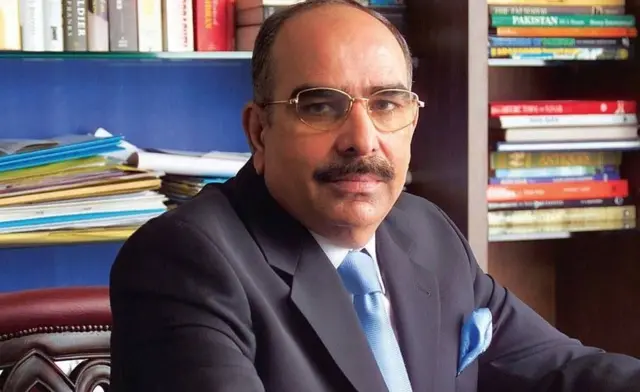
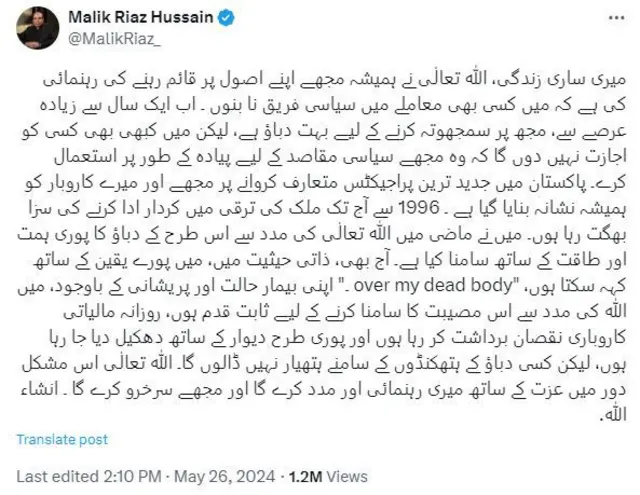

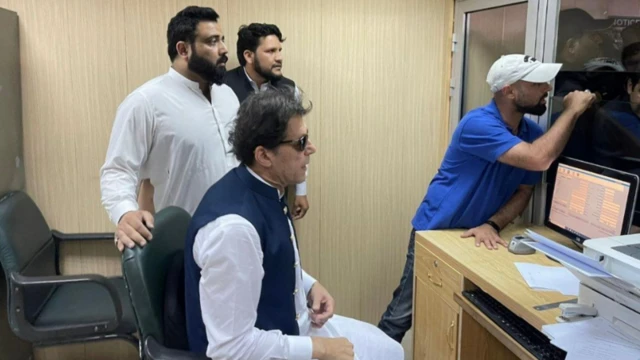



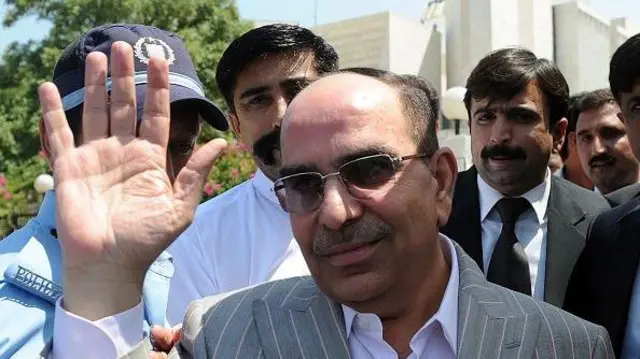









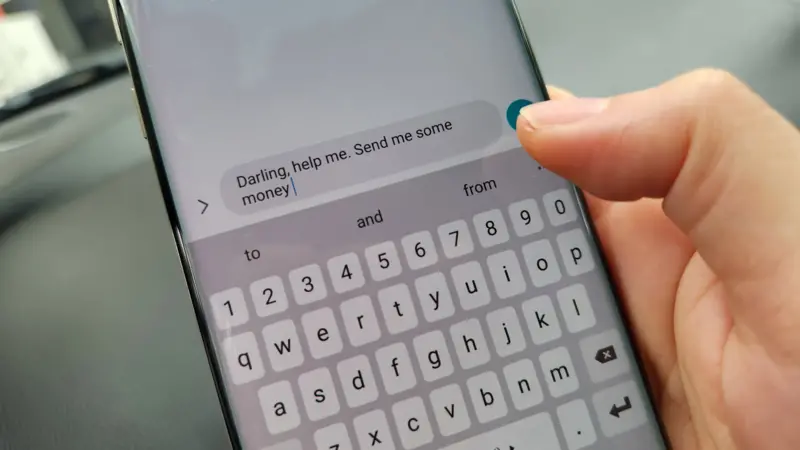
Passing gas from the human body is a normal occurrence. A typical person passes gas five to 15 times a day.
Passing gas from the human body is a normal occurrence. A typical person passes gas five to 15 times a day.